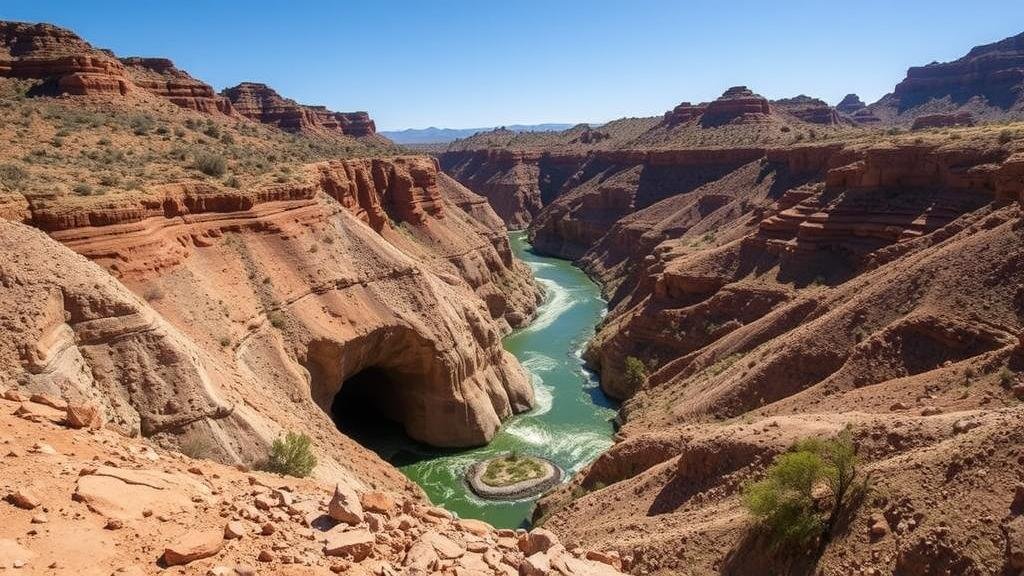How Silver Was Mined in Arizona’s Globe-Miami District
How Silver Was Mined in Arizona’s Globe-Miami District
The Globe-Miami District in Arizona is a significant historical and geological area renowned for its rich deposits of silver. The mining techniques and the evolution of silver extraction in this region not only highlight the mining industry’s role in Arizonas economic development but also showcase the technological advancements over time. This article provides an in-depth examination of how silver was mined in the Globe-Miami District, focusing on mining methods, historical context, and economic impact.
Historical Context
The discovery of silver in the Globe-Miami District can be traced back to the late 19th century. In 1875, prospectors began to realize the area’s potential after discovering rich deposits of silver ore. By 1881, mining operations were established, leading to a boom that attracted thousands. The districts economic growth was substantial, with silver production peaking in the early 1900s.
Mining Methods
Over the years, various mining methods were utilized in the Globe-Miami District, reflecting the technological advancements and economic necessities of each era.
- Surface Mining: Initially, mining began with simple surface extraction techniques such as placer mining, where minerals were collected from deposits near the earths surface.
- Hard Rock Mining: As surface deposits dwindled, miners transitioned to hard rock mining–extracting ore from deep veins using shafts and tunnels.
- Hydraulic Mining: In certain areas, hydraulic mining was employed which involved directing high-pressure water jets to erode soil and rock, exposing silver-bearing deposits.
By the early 20th century, companies adopted more advanced techniques, including mechanized drilling and blasting, which significantly increased production rates and efficiency.
Geological Background
The geology of the Globe-Miami District is characterized by the presence of igneous and metamorphic rocks that form a conducive environment for silver deposits. Notable formations include the Tonto Basin Formation and the Miocene Gila Conglomerate, which are rich in minerals such as galena, which is a primary ore of silver. The ore deposits are typically found in quartz veins, making their extraction both feasible and profitable for mining operations.
Economic Impact
The silver mining industry within the Globe-Miami District had profound economic implications not only for Arizona but also for the broader United States. By the early 1900s, the Globe-Miami District contributed significantly to the national silver supply:
- In 1890, the district was producing approximately 1 million ounces of silver annually.
- By 1910, the total output had increased to nearly 3 million ounces, bolstering the United States’ position in the global silver market.
This surge in silver production led to job creation and the establishment of support industries including transport, manufacturing, and retail, thereby stimulating local economies.
Regulatory Changes and Environmental Concerns
As the mining industry grew, so did environmental and regulatory challenges. By the mid-20th century, increasing awareness of the ecological impacts of mining practices led to stricter regulations. Practices such as indiscriminate waste disposal and deforestation prompted government interventions to mitigate the environmental damage caused by mining operations.
Modern mining operations are now required to adhere to environmental standards that focus on sustainable practices, including:
- Reclamation of mined lands.
- Waste management techniques to minimize pollution.
Conclusion and Future Outlook
The history of silver mining in Arizona’s Globe-Miami District illustrates the evolution of techniques and the economic growth propelled by this industry. Although the districts prominence in silver production has declined since its peak, modern technological advances and environmentally sustainable practices suggest a future for mining in the region that could include the extraction of other valuable minerals.
In summary, the mining techniques developed in the Globe-Miami District serve as a critical case study in the evolution of mining practices in the United States. With ongoing advancements in technology and regulatory frameworks, the regions mining history is one that could still yield significant contributions to both local economies and the broader mining industry.



